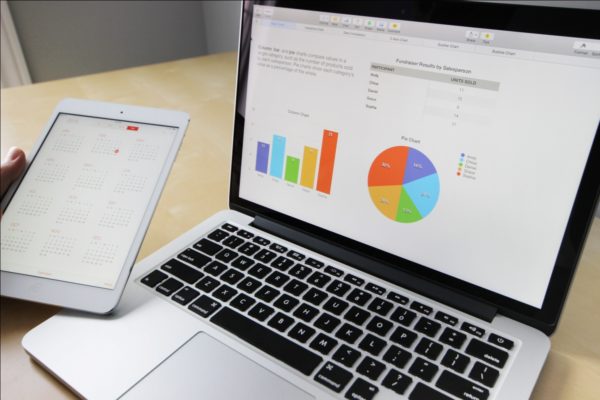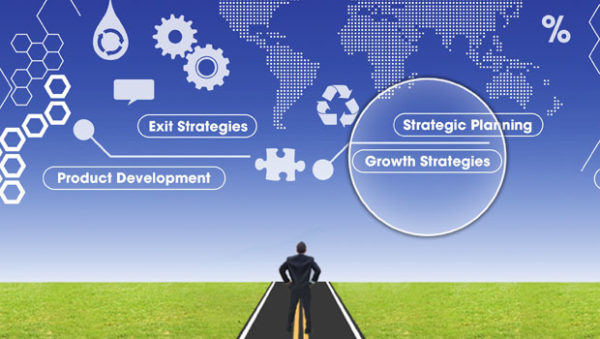Technology adaption roadmap that helps your small business grow
Technology can have a huge positive impact on your business. It can improve your finances, your human resources and even your marketing. Technology tools come in all shapes and size. But how should you adopt them?
When you start exploring small business technology, you’re constantly told to use this and that. It can all be overwhelming and the amazing benefits are hard to achieve if you don’t know what you are doing. Implementing too many new digital solutions at once can have a detrimental impact on your business.
Start slowly
Therefore, the answer is not to avoid technology altogether but to adopt it bit by bit. Your business shouldn’t just jump in headfirst but take a cautious and meticulous approach to implementing digital solutions. In essence, your business should have a technology roadmap.

A technology roadmap improves adoption because it guarantees you don’t opt for technologies you don’t need and you understand those needs better. Technology just for technology’s sake is not going to boost your business – you have to know what solutions best help your business.
Two simple steps to tech adoption
A good technology roadmap won’t be difficult to implement. Once you have it, you can use it to keep up with innovation and developments. You will know when to replace systems and what areas still need more focus. What’s best is how creating a technology roadmap is not a long process. It simply takes two steps.
Step one: understand what you have
The first thing to technology adoption is knowing what you already have. Without proper understanding of your current technology infrastructure and use, it will be difficult to add new solutions to your business. Without taking stock, you can end up making two major mistakes. You’ll:
- End up adding technology to areas you already have good working solutions in.
- Pick solutions that don’t meet your actual business needs.
So, you’ll have to spend some time exploring your current digital landscape. You, therefore, want to go over all the technology you have, including hardware and software. Make note of any subscriptions you have, the warranties you have and any other contracts or payments you have to know about.
When you have these mapped out, you can start examining each of them in more detail. This is about evaluating how well your current solutions meet your needs. There are three core areas to focus on:
- How well the technology meets your needs and how reliable it is?
- How secure is the software or hardware?
- How cost effective is it?
These will help you identify the solutions you might already have that work for your needs. It will also allow you to notice the areas where your current solutions don’t work or areas where you’re not taking advantage of technology at all.
Step two: planning new technology adaption
Once you have the above laid out, you can start planning for technology adaption. You’ve identified the big issues and now you can begin prioritising them.
For many small businesses, the key is to know how technology aligns with your business goals. You need to research the areas that help you get to your goals quicker. For example, if product development is at the heart of your business, you want to find technologies to support this. The same goes with communication and so on.
You should remember that the priority should always be on core functionalities as well. You don’t want to waste time adopting the newest software to send in team messaging if your HR systems aren’t updated. Having the flashiest billing program won’t help if your accounting system is obsolete.

The basics matter and your priority should be in sorting your human resource management software and accounting software first. These create the core of your day-to-day business management and once they are sorted, you can move on to improving the other functionalities.
The reason human resources with things like payroll management take priority is due to the time cost of these solutions. Good software will automate these systems and this will eventually make further adaption a lot smoother.
Always focus on scalable solutions
No matter what kind of technology you are looking to adopt, the most important thing is to ensure it’s scalable. This mostly means opting for cloud-based solutions. Scalable solutions ensure you can grow them when your business grows. You don’t want to have to replace your system as you grow – this will always disrupt your operations and end up costing more.
Technology has plenty of benefits to small businesses. But adapting it without a roadmap can end up being damaging to your business. Therefore, you want to adopt a roadmap and take your new technology implementation bit by bit. In the end, this will lead to better solutions.
















